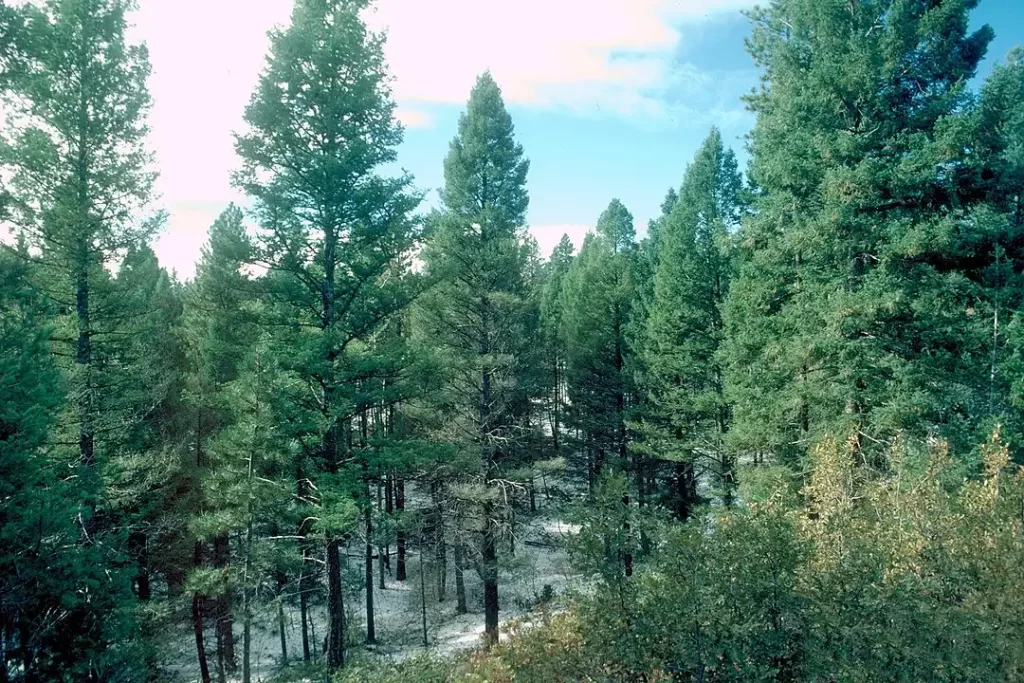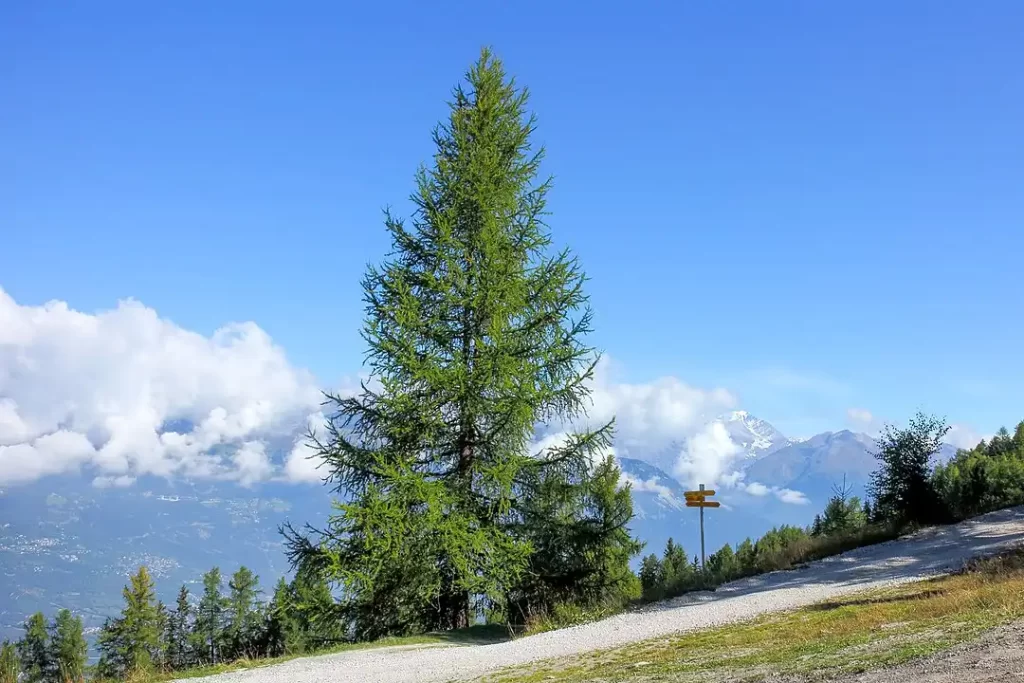The Fantastic presence of pine trees in the serene landscapes of our planet is one of the few natural wonders that may compare. These enormous evergreens serve as quiet witnesses to the passage of time. They are an important component of the numerous ecosystems that can be found all over the world because of their extraordinary adaptations, ecological importance, and aesthetic appeal.
Pine Trees Nature’s Important Piece:
We can find Pine trees that belong to the Pinus genus in most of the Continent, from the Mediterranean coast to the snow-capped peak of the Rocky Mountains. Because of their needle-like leaves that are arranged in clusters, they have developed to flourish in a variety of climates and frequently withstand extreme conditions that would be challenging for other plants. Their particular adaptations, such as their ability to shed snow-covered branches to prevent breaking and a waxy layer on their needles that control water loss, provide the foundation of their resilience.

Characteristics of Pine Trees:
Needle-like Leaves
Pine trees’ needle-like leaves are one of their most distinguishing characteristics. Depending on the species, these needles, which are essentially modified leaves, can vary in length, color, and arrangement. Pine trees can survive in dry and cold areas due to the waxy covering on their needles. This coating helps to reduce the loss of water.
Cones
Pine trees produce woody cones that hold their seeds. It is depending on the species, these cones meet a variety of sizes and shapes. They save and disseminate the seeds that make them essential to pine tree reproduction.
Resin
Resin is produced by pine trees that sticky substance has a distinct fragrance. The resin helps to seal wounds on the bark of trees and is helpful as a defense mechanism against infections and pests.
Straight and Tall Trunks
Many species of pine trees have tall, straight trunks with branches that sometimes develop higher up the tree. Pine trees can shed snow and withstand heavy winds because of their distinct growth structure.

Significance to Ecosystem:
Different factors pine trees make important to the environment.
Habitat
The wood of Pine trees are provide home to a diverse range of plants, including birds, animals, insects, and fungi. Some animals, such as the red squirrel, depend on pine trees for survival.
Soil Enrichment
The needles of Pine trees fall down and create a layer of organic debris on the forest floor, enriching the soil. This “duff” layer provides the soil with nutrients, boosting biodiversity and supporting other species of plant.
Ecosystems Adapted to Fire
Some species of pine trees, notably lodgepole pines, are well adapted to wildfire-prone regions. When exposed to fire, their cones expose seeds, allowing for rapid post-fire regeneration.
Timber
Pine wood is openly used in construction, furniture, papermaking, and a variety of crafts. The versatility, durability, and simplicity of pine wood make it a popular choice for use.
Products and Resin
Pine resin, which has historically been utilized in medicine. Turpentine and rosin both are made from this basic material. These items can be used for painting, varnishing, and other tasks.

Environmental Defenders
Pine trees are crucial for ecological balance in addition to being aesthetically beautiful. They provide food and shelter to a variety of species, including birds, insects, and mammals. Pine tree cones provide shelter and food for a range of species, while the progressive decomposition of the needles results in nutrient-rich soil. Because of their fire-resistant bark, these evergreens help to manage soil erosion, maintain sand dunes, and even reduce the intensity of forest fires.
Representative aromas
Pine trees provide an aromatic gift to the environment that is difficult to ignore. Pine needle and resin fragrances have a distinct character that conjures up images of outdoor activities and cool mountain air. This aroma not only appeals to humans, but it also acts as a chemical defense system for the trees, preventing numerous pests and herbivores.
Use and Cultural Importance:
In addition to their biological roles, pine trees have vital cultural benefits. Pine trees are seen as emblems of perseverance, experience, and longevity in many civilizations. These trees were revered by early cultures, who featured them in their texts, artwork, and religious rites. Pine wood’s durability and resistance to decay have boosted its value as a building, furniture, and craft material.
Promoting and Preserving:
As environmental conservation has increased in popularity, it has become evident how critical it is to protect pine tree ecosystems. Deforestation, alien species, and climate change are all threatening these gorgeous giants. If pine forests are to continue for future generations, they must be conserved, degraded regions repaired, and sustainable forestry practices adopted.
To summarize, the world of pine trees is an enthralling domain of natural wonders. They are genuinely botanical treasures because of their ability to grow in a variety of environments, conserve ecosystems, and have an impact on human civilization. May we continue to be awestruck by the great beauty of pine trees while also trying to protect and conserve their delicate ecosystems for the benefit of all living things.



